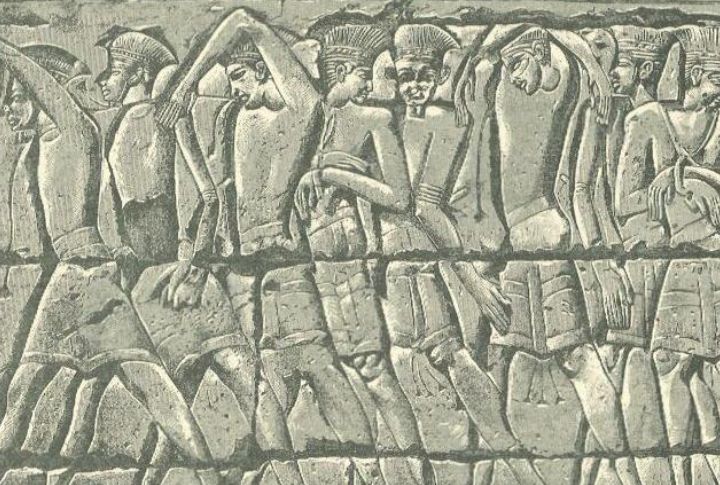
Centuries of speculation left the Philistines shrouded in mystery, but DNA is uncovering their past with startling clarity. Ancient burial sites and maternal lineages reveal a migration story more complex than depicted in the biblical context. Here are 10 ways in which science is rewriting the history of the Philistines.
Genetic Research Changes The View Of Philistine Identity
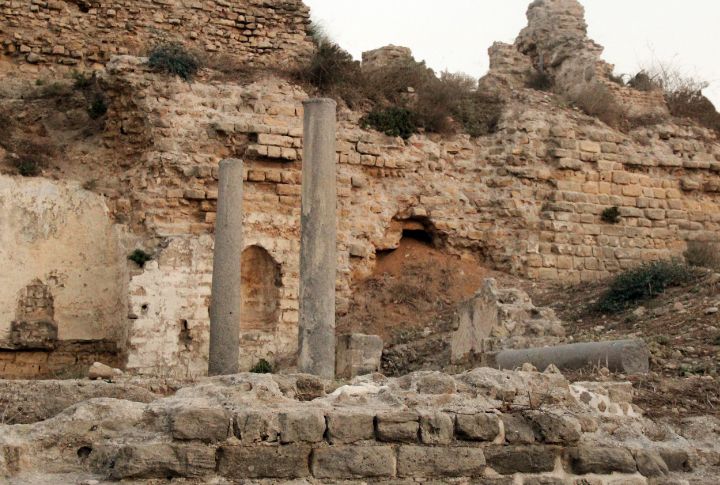
DNA studies have dismantled long-held assumptions about the Philistines. Recent DNA from Ashkelon graves, dated to the 12th century BCE, reveals foreign ancestry, which hints at a migration from Europe. These findings redefine the Philistines not as local tribes but as newcomers with seafaring ties.
Ancient Burial Sites As Gateways To Biological Origins
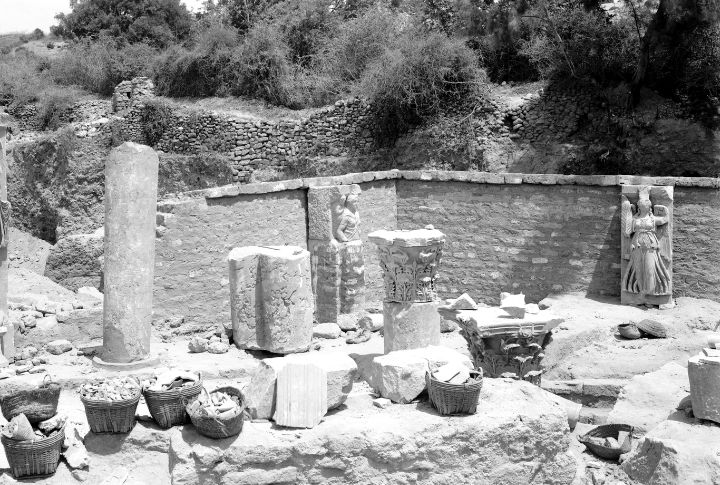
The discovery of a Philistine cemetery near Ashkelon, containing remains of bones and teeth, provided unprecedented access to ancient DNA. These burial sites serve as critical archives that enable scientists to extract genomic data that traces the Philistines’ arrival and genetic ancestry to southern Europe through migration.
What Mitochondrial DNA Tells Us About Maternal Lineages

Mitochondrial DNA analysis of Philistine remains shows maternal lineages linked to European populations, which supports the theory of a Mediterranean origin. This maternal genetic evidence complements nuclear DNA findings and illustrates how Philistine women contributed to the gene pool and cultural integration in the Levant.
How DNA Markers Connect The Philistines To Southern Europe
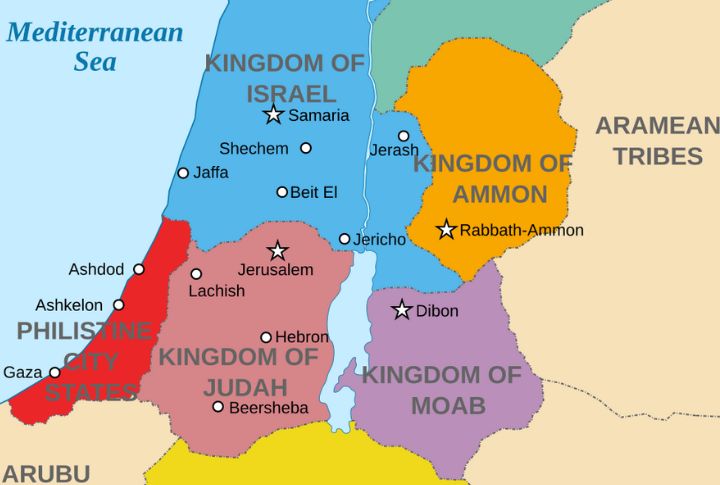
Genomic data reveal specific genetic markers in early Philistine individuals that closely align with those of populations from Greece, Crete, and Sardinia. These markers indicate a migration wave from southern Europe into the Levant around the 12th century B.C. It coincides with archaeological and textual records of Philistine settlement in the Levant.
Tracing Migration Across The Mediterranean Using Genomic Data
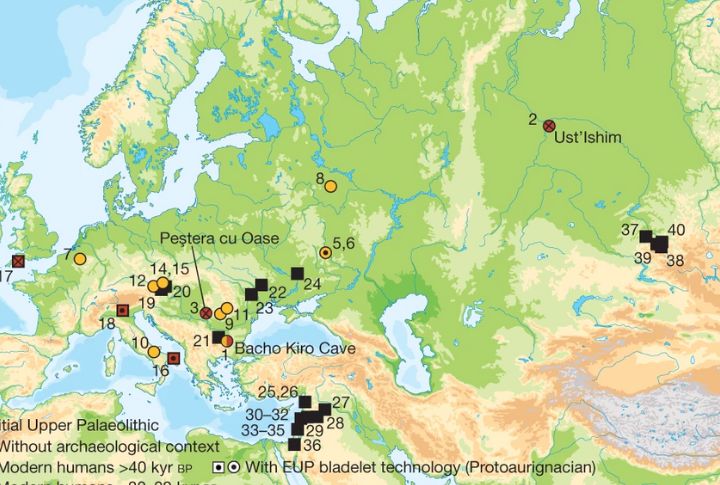
By analyzing genetic material, scientists can map Philistine migration routes with unprecedented precision. Ancient genomes indicate a wave of settlers arriving in the Levant around 1200 BCE. These newcomers introduced distinct biological traits that gradually intermingled with local populations, ultimately reshaping the geomatic composition of the region.
Comparing Philistine DNA With Neighboring Populations

Compared with Canaanites, Philistine genomes initially show clear divergence. However, by the 10th century BCE, intermarriage had begun to blur this distinction. Their DNA starts to resemble that of surrounding groups in the Near East. This genetic convergence highlights how swiftly cultures can blend, even in conflict-prone zones.
The Impact Of DNA Intermixing On Culture And Society
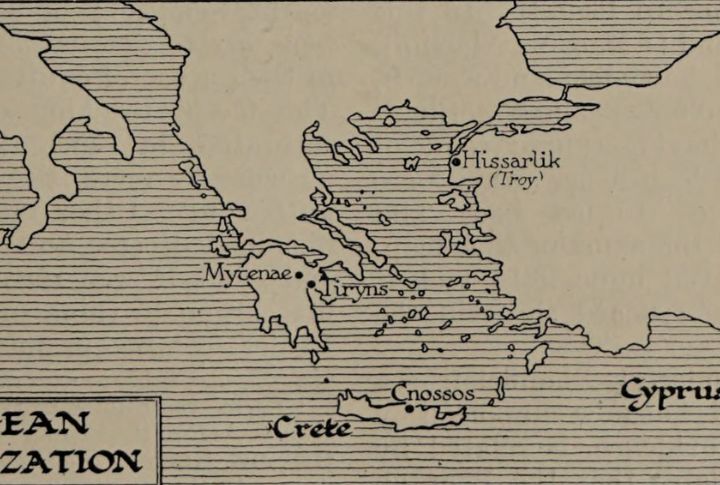
Archaeological theories long suggested that the Philistines originated from the Aegean. Biological evidence confirms this migration and offers direct biological proof that links them to European populations. While some hypotheses regarding their cultural assimilation remain contested, new genetic discoveries may further refine these historical narratives.
The Challenges Of Extracting And Analyzing Ancient DNA

Ancient DNA extraction is fraught with difficulties, as factors like environmental degradation and limited availability of well-preserved skeletons complicate studies. Despite these challenges, scientists employ high-end tech (e.g., next-generation sequencing) to reconstruct Philistine genetic profiles that continue to shape understanding of their biological heritage.
Future Directions In DNA Studies And Archaeological Collaboration

Interdisciplinary research combining archaeology and genetics promises deeper insights into Philistine ancestry. Future studies are likely to refine migration timelines and DNA interconnections. Enhanced sequencing technology may uncover links to previously unidentified populations. The fusion of genetics and historical scholarship is paving the way for new revelations.

